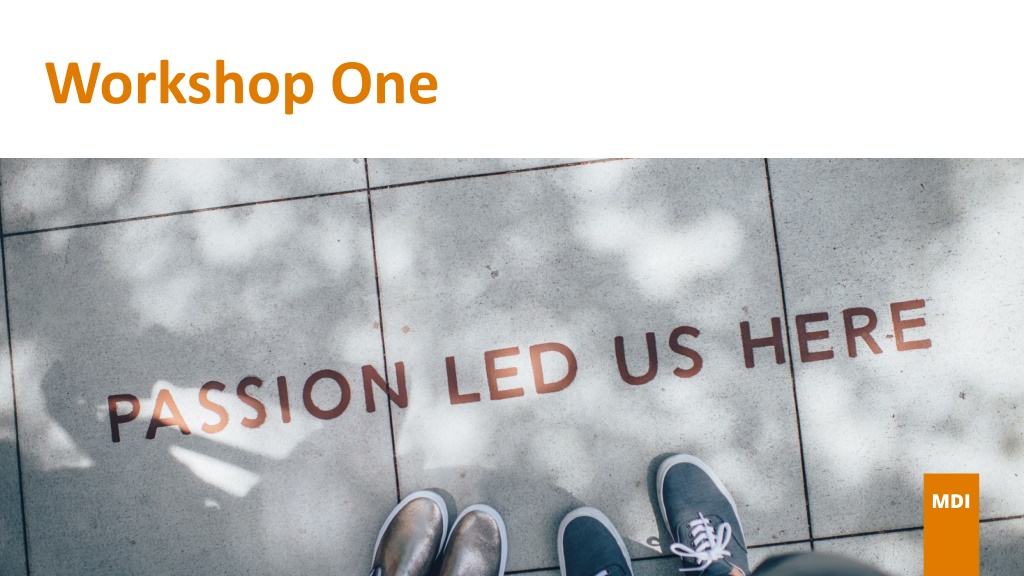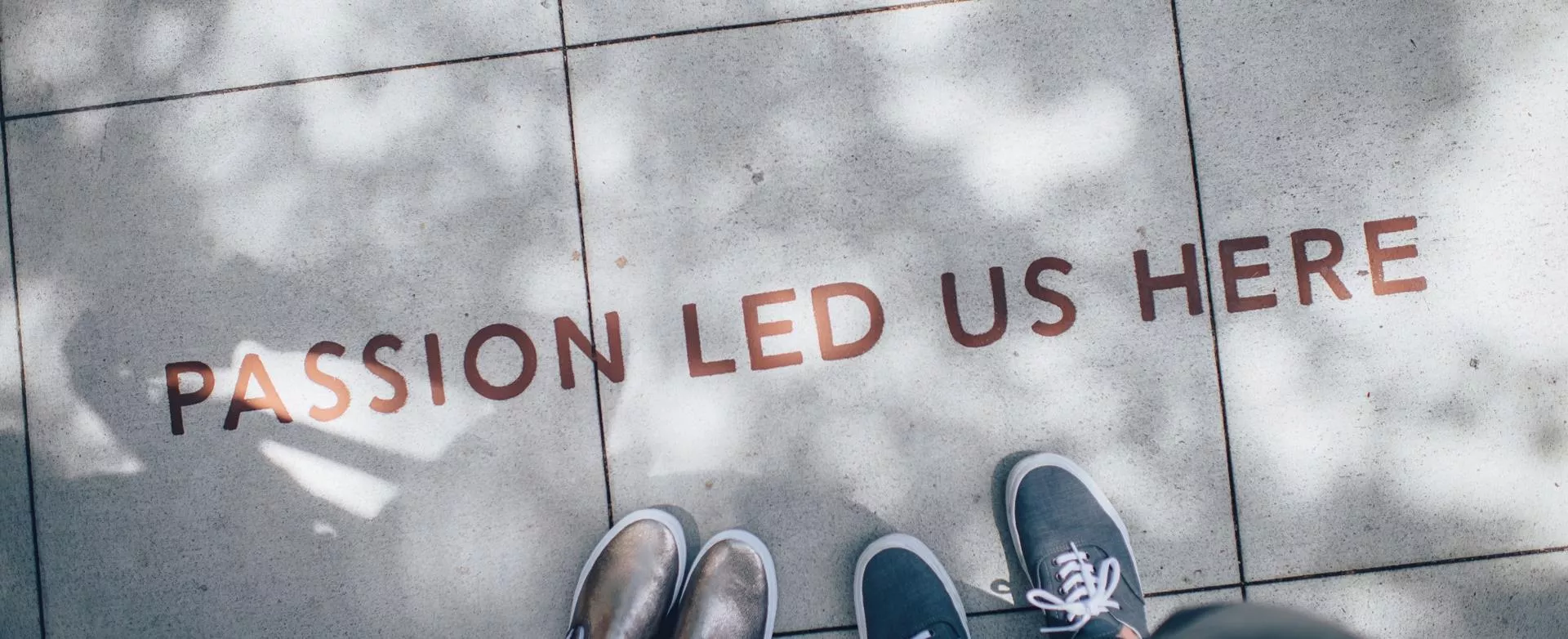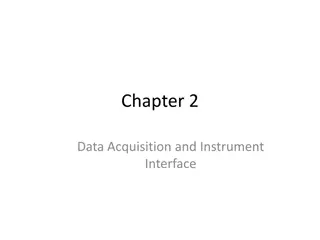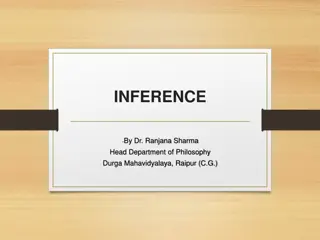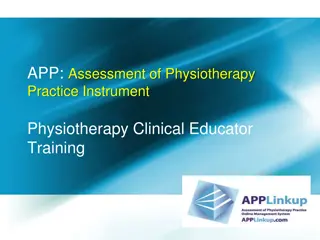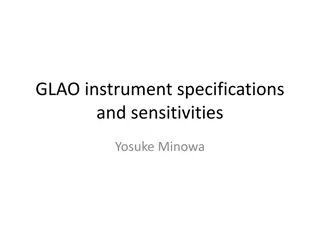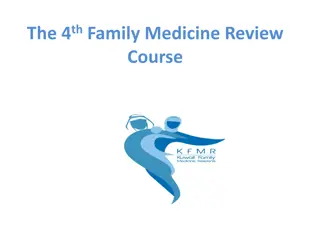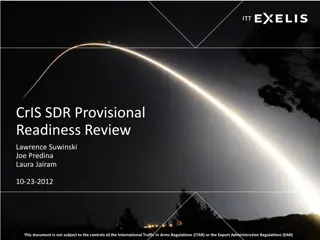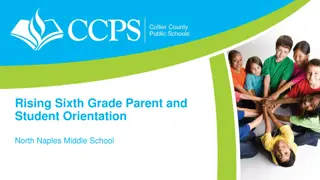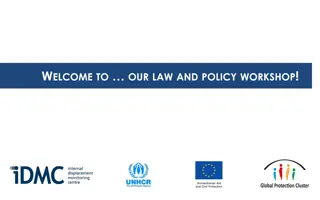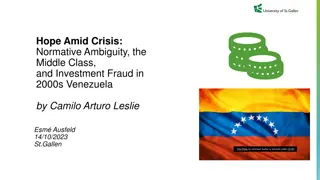Workshop on Middle Years Development Instrument (MDI)
Increase understanding of MDI, explore data, and identify ways to support well-being in middle childhood. Discuss social & emotional development, physical health, school experiences, and connectedness dimensions.
Uploaded on Feb 15, 2025 | 0 Views
Download Presentation

Please find below an Image/Link to download the presentation.
The content on the website is provided AS IS for your information and personal use only. It may not be sold, licensed, or shared on other websites without obtaining consent from the author.If you encounter any issues during the download, it is possible that the publisher has removed the file from their server.
You are allowed to download the files provided on this website for personal or commercial use, subject to the condition that they are used lawfully. All files are the property of their respective owners.
The content on the website is provided AS IS for your information and personal use only. It may not be sold, licensed, or shared on other websites without obtaining consent from the author.
E N D
Presentation Transcript
Workshop One MDI
Goals for this workshop 1. Increase our understanding of the Middle Years Development Instrument (MDI), middle childhood and the skills and assets that support well-being. 2. Explore MDI data through a series of inquiry activities and small group discussion 3. Identify ways we are currently contributing to children s well- being and discover new ideas.
Agenda Exploring the Data Wisdom Circle MDI Core Ideas & Connections Action Approaches Opportunities MDI
Hopes That we see ourselves (and others) as having the potential to make a positive difference in children s lives Our conversations and actions are research-based and evidence-informed We capitalize on our collective expertise and wisdom to help make better, deeper sense of child-reported evidence
MDI dimensions Which well-being dimension measured by the MDI are you most curious about or connected to?
What does the MDI measure? Social & Emotional Development Children respond to questions about their current social and emotional functioning in 7 areas: optimism, self-esteem, happiness, empathy, prosocial behaviour, sadness and worries Use of After-School Time Children are asked about the time they spend engaged in organized activities such as sports, music and art, as well as the time they spend watching TV, doing homework and playing video games Physical Health & Well-Being Children evaluate their own physical well-being in the areas of overall health including body image, nutrition and sleeping habits School Experiences Children are asked about their school experiences in 4 areas: academic self-concept, school climate, school belonging, and experiences with bullying Connectedness Children are asked about their experiences of support and connection with the adults in their schools and neighbourhoods with their parents or guardians at home, and with their peers
MDI core ideas & connections 1. Rotate around all the data stations. Use your MDI Journal to review each of the 5 dimensions. 2. Choose just one dimension that is the most intriguing to you. 3. Mingle! Introduce yourself, share your one dimension of choice and hear about others. 4. Move on and talk to at least 3 or 4 other people.
Exploring the data 1. Gather around the one dimension (data station) you most want to explore 2. Work together to complete the Exploring the Data worksheet After completing the worksheet, agree on and capture 1 or 2 strengths that emerged 1 or 2 challenges or stretches 1 or 2 curiosities your questions and things you are wondering about
Wisdom circle guidelines Practice active listening Bring curiosity and an open mind Appreciate differences among people & experiences Learn from each other No right or wrong answers No leader in a circle it is a shared experience Take notes if it is helpful Jump in! Contribute!
Action Approaches Skills & Habits Improving social and emotional fitness Skills and habits are malleable. Research shows that programs and practices that target social-emotional and relationship-building skills demonstrate positive, long-term outcomes for children.
Action Approaches Assets As the number of assets increase, children are more likely to report higher well-being. Assets are actionable. How? build relationships enriching after-school activities cultivate environments that make every child feel like they belong.
Opening the door for opportunities Something you are already doing to foster well-being. An idea you are interested in exploring further.
